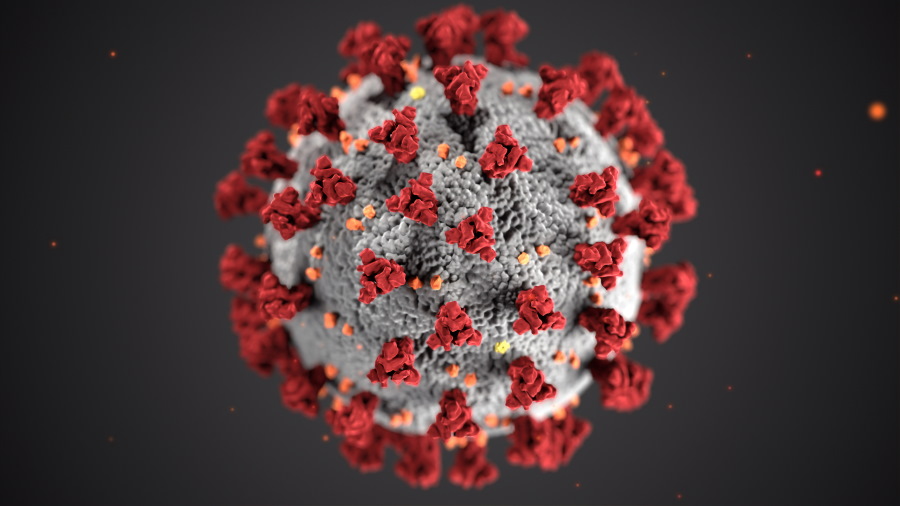As the impact of COVID-19 continues throughout the construction industry, many businesses are finding it difficult to make payroll and pay other essential business expenses. Fortunately, help is on the way through the passage of the Coronavirus Aid, Relief and Economic Security Act (CARES Act), which provides more than $2 trillion in stimulus to the U.S. economy. This article focuses on the newly enacted SBA Paycheck Protection Program, which aims to keep workers employed and small businesses afloat.
General Eligibility Requirements
The Paycheck Protection Program makes all businesses with less than 500 employees or those businesses who would otherwise comply with the size standards under Title 13 of the Code of Federal Regulations eligible for SBA loans under the CARES Act until June 30, 2020. By extending the program to all businesses with less than 500 employees, the CARES Act dramatically increases the number of businesses who will be able to obtain SBA loans.
Interest Rates and Maximum Loan Amount
While the interest rates on SBA loans generally vary based on factors such as the lender, the applicant and the amount of the loan; loans procured pursuant to the Paycheck Protection Program will have a maximum interest rate of 4 percent.
The maximum loan amount a business is eligible to receive under the Paycheck Protection Program is equal to the lesser of $10 million or the average monthly payroll costs of the business during the one-year period prior to applying for the loan, multiplied by 2.5 (plus, if applicable, the outstanding amount of any Economic Injury Disaster Loan received by the business after January 31 of this year that is to be refinanced as part of the covered loan).
Loan Deferment and Subsequent Payment
The CARES Act requires lenders to defer all principal and interest payments for six months to one year after the loan is made. SBA fees and prepayment penalties are also waived.
Permitted Use
Those who receive a loan from the Paycheck Protection Program can use the funds for a number of permissible expenses, including:
- Rent,
- Utilities,
- Payroll costs,
- Employee salaries and commissions,
- Interest payments on mortgage obligations,
- Interest on any other debt obligations incurred before February 15, 2020, and
- Costs related to the continuation of group health care benefits during periods of paid sick, medical or family leave.
No Personal Liability
The CARES Act prohibits lenders from requiring a personal guarantee or pledge of collateral to be eligible for a covered loan. The Paycheck Protection Program also expressly prohibits the Small Business Administration from having recourse against any individual shareholder, member or partner of a business who receives a loan pursuant to the Act, unless the loan is used for an unauthorized purpose.
Loan Forgiveness
One of the primary benefits of obtaining a loan through the Paycheck Protection Program is that a portion of the loan can be forgiven, effectively making that portion of the loan a cash grant. Pursuant to Section 1106 of the CARES Act, any loan funds that are used to cover payroll costs, interest on a mortgage obligation (not including principal), rent payments or utility payments during an eight week period beginning on the date of the loan’s origination will be forgiven.
Eligibility for the loan forgiveness program has one important caveat. The amount of loan forgiveness will be reduced if the number of full-time equivalent employees of the business (which does not include employees who earn more than $100,000, as determined by the CARES Act), decreases during the covered period of the loan (i.e.: the eight week period beginning on the date of the loan’s origination). The reduction in the amount of loan forgiveness is determined by a formula that divides the average number of full-time equivalent employees during the covered period by either (at the option of the business) the average number of full-time equivalent employees employed between (1) February 15, 2019 and June 30, 2019 or (2) January 1, 2020 and February 29, 2020. The amount of loan forgiveness available will also be reduced by the amount of wage cuts of more than 25 percent during the covered period. A business can, however, avoid these reductions if the business hires replacement full-time equivalent employees or eliminates the salary reduction before June 30, 2020.
Any loan that is made through the Paycheck Protection Program that is not completely forgiven will have a maximum remaining term of 10 years from the date on which the borrower applies for loan forgiveness. The creation of the Paycheck Protection Program under the CARES Act, as well as the expansion of other key SBA programs, should help small businesses and contractors weather the COVID-19 storm.
Disclaimer: The information contained in this article is for general educational information only. This information does not constitute legal advice, is not intended to constitute legal advice, nor should it be relied upon as legal advice for your specific factual pattern or situation.

Recent Comments
These are actually very helpful tips. It is...
This is the most beneficial blog for all...
This blog is a great resource for anyone...
Thank you for sharing this important information. I...
This is a very interesting subject of the...